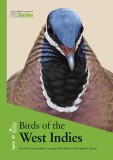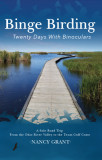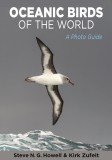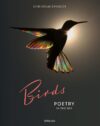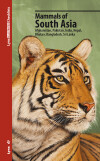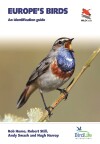May 11, 2020
Peterson Field Guide to Birds of North America, Second Edition – What’s New and Changed
Features | Comments (0)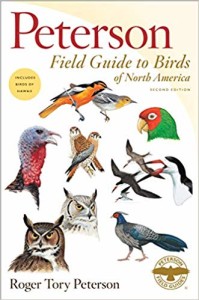
I love going through new fields guides to see what has changed: new species added, maybe some new illustrations, more features. So I’ve spent a little time going though the new Peterson Field Guide to Birds of North America, Second Edition page-by-page, comparing it against the previous edition (which was, surprisingly, published about 12 years ago). The changes I’ve found are detailed below. I am not, however, including illustrations and range maps that have been tweaked. I noticed many such instances, especially changes to the colors of existing illustrations. And I’m sure that I missed many more.
New
The big, shiny new feature in this second edition is the inclusion of the Birds of Hawaii! This is a separate, 50-page section following the main plates. The organization is the same as in the main body, with illustrations on the right and text accounts/range maps on the left. The maps are particularly nice, showing both the range against the entire island chain along with zoomed-in depictions of each island.
Gone
Forward and Editor’s Note
Large range maps in the back
You would expect this new edition to be larger than the first, especially with the adding of Hawaii. But in fact, these removals more than offset the additions so that this edition is 24 pages shorter and 15% (6oz) lighter.
Changes
Introduction – largely the same, but with a few minor changes, such as the inclusion of some examples from Hawaii.
Terminology – this edition has “refined and standardized our terminology, replacing such imprecise terms as ‘immature’ with specific age groupings (such as juvenile, adult, first-year, second-winter, etc.) and, for plumages, we have replace the labels ‘breeding’ and ‘nonbreeding’ with ‘spring/summer’ and ‘fall/winter,’ respectively”. Further, the male and female symbols have been replaced with the word.
Sequence – although there is no mention of it in the introduction, the sequence of birds has been changed from strictly taxonomic to one that groups “waterbirds” together first, then “landbirds”, very similar to the order used by The Crossley ID Guide
Range maps – now includes migration range in yellow
Plates (Species in bold are new to this edition.)
- Egyptian Goose
- Ross’s Goose – added dark morph
- Vagrant Waterfowl – Pink-footed Goose (head only) added
- Arctic Loon – added winter illustration
- Common Murre – added illustration of a chick
- Pigeon Guillemot – illustrations completely replaced; added juvenile
- Murphy’s Petrel – in-flight illustration replaced; added a close-up of head
- Hawaiian Petrel
- Atlantic Petrels – illustrations are all replaced
- Atlantic Shearwaters – Sooty, Manx, Audubon’s all replaced; added Cory’s from below
- Pacific Shearwaters – all replaced except for Flesh-footed
- Storm-petrels – almost all are replaced
- White-tailed Tropicbird – added juvenile in flight
- Boobies – added juvenile Brown and Red-footed, head of Nazca
- Large Dark Gulls – added a first-year Glaucous-winged x Western Gull
- Kelp Gull
- Black Noddy – replaced
- Dowitchers – new probing silhouette of Long-billed, previous silhouette (which had been labeled Long-billed) now with the SB
- Rare Shorebirds – fixed the layout error that had cut off the Spotted’s head
- White Herons and Egrets – added illustration of Little Egret (but without a label)
- American Flamingo – added head of first-year
- Purple Swamphen
- Ridgway’s Rail
- Mountain Quail – added female
- Vultures – added heads of: Condor juvenile and 4th/5th-year; Black juvenile
- Bald Eagle – replaced juvenile
- Swainson’s Hawk – all figures replaced
- Broad-winged Hawk – added dark morph perched and in-flight
- Peregrine Falcon – added Pacific (“Peale’s”) juvenile
- Owls – added in-flight illustrations of Short-eared male and female, Long-eared, Snowy (first-year female)
- Mexican Whip-poor-will
- Doves – added standing illustrations of Spotted and female Mourning, Inca, Ruddy Ground, and Common Ground
- Thick-billed Parrot
- Rosy-faced Lovebird
- Red-masked Parakeet
- Empidonax Flycatchers – all replaced
- First-fall Empidonax Flycatchers – new plate with 9 illustrations
- Mockingbirds – the in-flight shrike for comparison removed
- Winter Wren – replaced
- Pacific Wren
- Warbling Vireo – first-fall added
- Tennessee Warbler – immature removed
- Orange-crowned Warbler – added Eastern; immature eastern repurposed (and recolored) as interior West
- American Redstart – added 1st-year male (really, that’s the old female illustration, and that one was copied and the highlights made more yellow for a new female)
- Wilson’s Warbler – added a female to show more variation of black in forehead
- Painted Redstart – fixed the issue where half of the juvenile was cut off the page
- Common Yellowthroat – replaced first-fall female on the fall warblers plate
- American Pipit – added fall/winter ‘North American’
- Eurasian Tree Sparrow – gets full illustration (used to be just head)
- Scaly-breasted Numia – adult replace; juvenile added
- Cassia Crossbill (head of adult male)
Errors
Here are the few errors that I noticed.
- There is a plate of Diving Ducks on the page preceding the Diving Ducks intro. (pages 30-1)
- Egyptian Goose remains on the Unestablished Exotics plate, even though it was given its own full account in the main waterfowl section (page 51)
- Little Egret label missing (page 165)
- Hawks from Below
- pages 210-1: Buteos mislabeled as Kites, Accipiters mislabeled as Pale Buteos
- pages 220-1: Kites mislabeled as Accipiters
- Peregrine Falcon Tundra and Pacific adult labels switched (page 217)
- Nanday Parakeet labeled as Black-hooded Parakeet on plate (page 241)

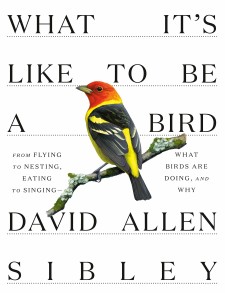 What It’s Like to Be a Bird: From Flying to Nesting, Eating to Singing-What Birds Are Doing, and Why
What It’s Like to Be a Bird: From Flying to Nesting, Eating to Singing-What Birds Are Doing, and Why
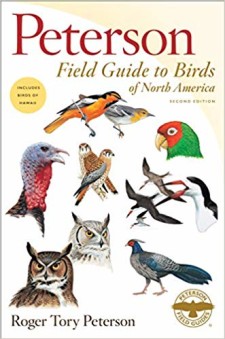 Peterson Field Guide to Birds of North America, Second Edition
Peterson Field Guide to Birds of North America, Second Edition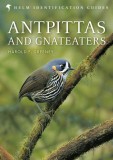
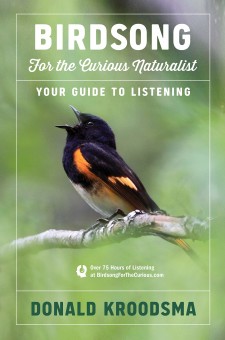 Birdsong for the Curious Naturalist: Your Guide to Listening
Birdsong for the Curious Naturalist: Your Guide to Listening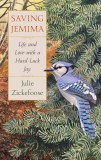
 What It’s Like to Be a Bird: From Flying to Nesting, Eating to Singing–What Birds Are Doing, and Why
What It’s Like to Be a Bird: From Flying to Nesting, Eating to Singing–What Birds Are Doing, and Why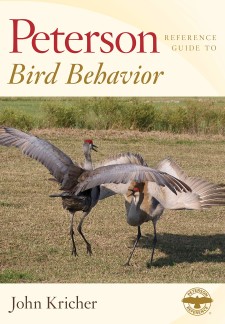 Peterson Reference Guide to Bird Behavior
Peterson Reference Guide to Bird Behavior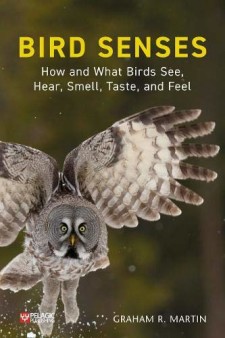 Bird Senses: How and What Birds See, Hear, Smell, Taste, and Feel
Bird Senses: How and What Birds See, Hear, Smell, Taste, and Feel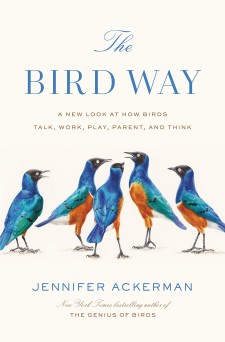 The Bird Way: A New Look at How Birds Talk, Work, Play, Parent, and Think
The Bird Way: A New Look at How Birds Talk, Work, Play, Parent, and Think Peterson Field Guide to Birds of North America, Second Edition
Peterson Field Guide to Birds of North America, Second Edition American Birding Association Field Guide to Birds of Hawaii
American Birding Association Field Guide to Birds of Hawaii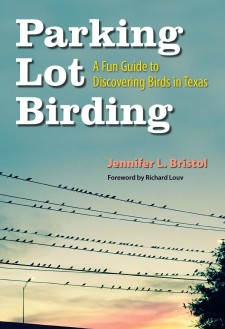 Parking Lot Birding: A Fun Guide to Discovering Birds in Texas
Parking Lot Birding: A Fun Guide to Discovering Birds in Texas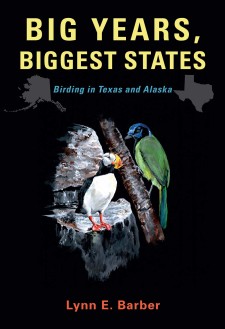 Big Years, Biggest States: Birding in Texas and Alaska
Big Years, Biggest States: Birding in Texas and Alaska Birdsong for the Curious Naturalist: Your Guide to Listening
Birdsong for the Curious Naturalist: Your Guide to Listening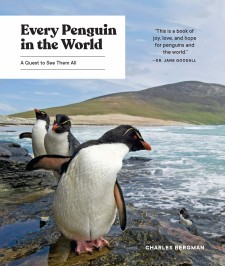 Every Penguin in the World: A Quest to See Them All
Every Penguin in the World: A Quest to See Them All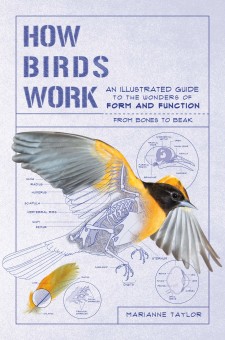 How Birds Work: An Illustrated Guide to the Wonders of Form and Function ― from Bones to Beak
How Birds Work: An Illustrated Guide to the Wonders of Form and Function ― from Bones to Beak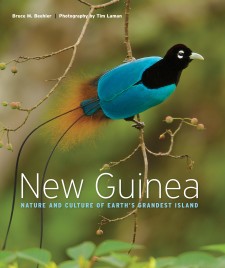 New Guinea: Nature and Culture of Earth’s Grandest Island
New Guinea: Nature and Culture of Earth’s Grandest Island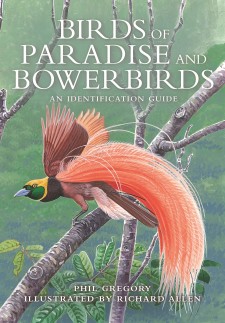 Birds of Paradise and Bowerbirds: An Identification Guide
Birds of Paradise and Bowerbirds: An Identification Guide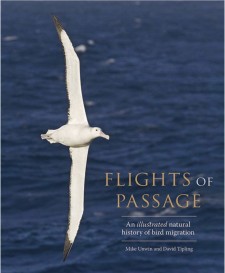 Flights of Passage: An Illustrated Natural History of Bird Migration
Flights of Passage: An Illustrated Natural History of Bird Migration